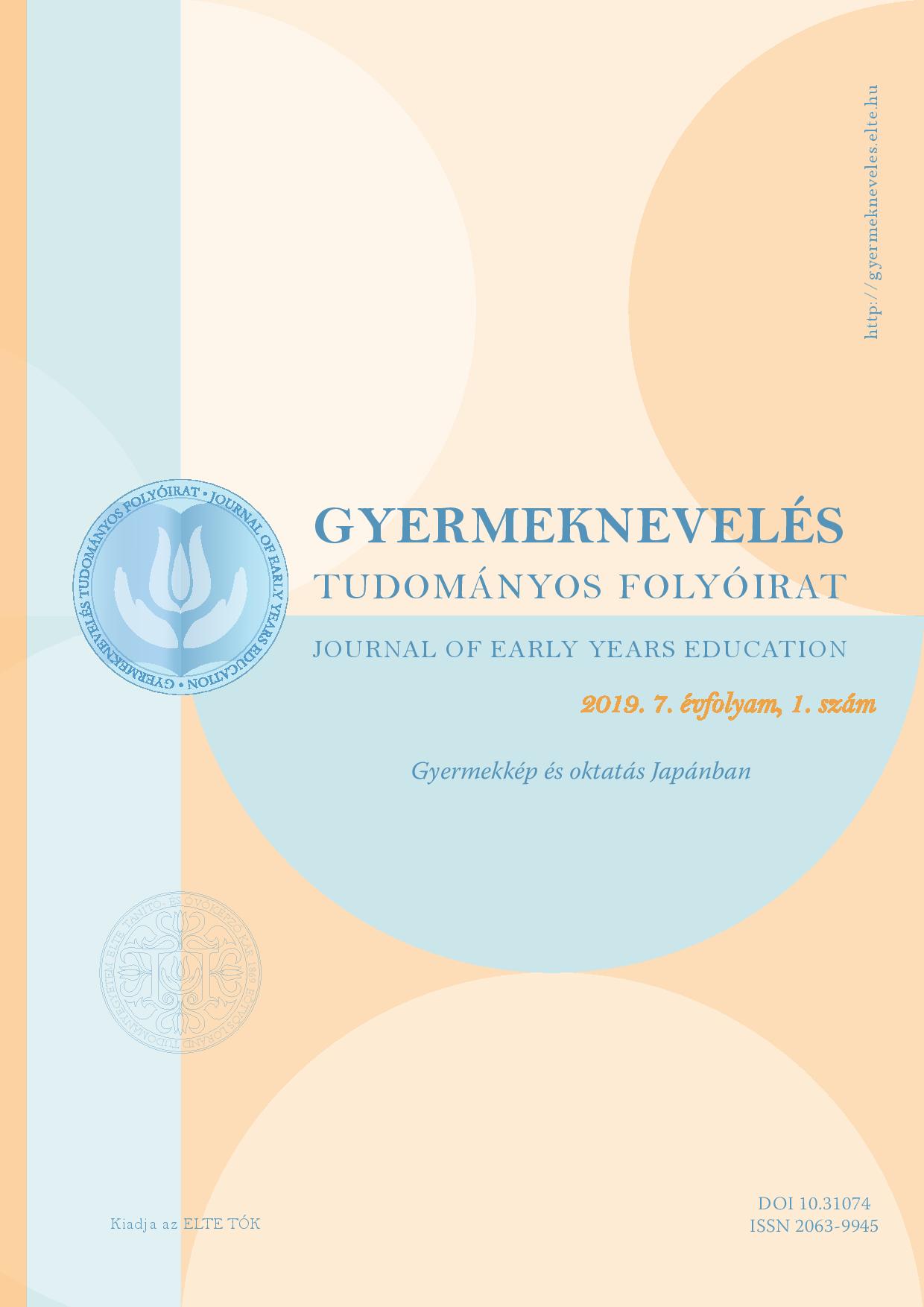Gyermekkép fametszeteken. Japán az Edo-korszakban (江戸時代 1603–1868)
DOI:
https://doi.org/10.31074/gyn201913644Keywords:
history of childhood, iconography, multiperspective research, conception of childhood in Japan, Japanese woodblock printsAbstract
Visual analysis can help researchers understand information and social relations encoded in images (Kress & Leuween, 2006). This research is an interdisciplinary one – visual analysis of Japanese woodblock-prints between the second half of the 19th century and the first decade of the 20th century, regarding the conceptions of childhood in modern history. The methods of analysis are based on methods of Panofsky (1984), Bouteaud (1989), Addis (1996) and Collier (2010). Interdisciplinary research makes us able to understand the contextual information encoded in images. Iconography as a research method in the history of childhood and childhood studies allows us to enrich our understanding within any society or era about attitudes towards children. We must focus on everyday life situations, child-rearing practices. Ukiyo-e 浮世絵 – Japanese woodblock prints – seem to be very easy to observe because there are free on-line open databases with free usage. In the golden era of ukiyo-e during the 17th–19th century, there was no censorship regarding these prints. This means that we can find images about every aspect of human nature and life, including several topics which are taboos in present day Europe, e.g. sexual themes, giving birth, or mortality, and there are images about each stage of life from early childhood to the senior period of life as well.
Downloads
Downloads
Published
How to Cite
Issue
Section
License
Copyright (c) 2019 Author

This work is licensed under a Creative Commons Attribution-NonCommercial-ShareAlike 4.0 International License.

